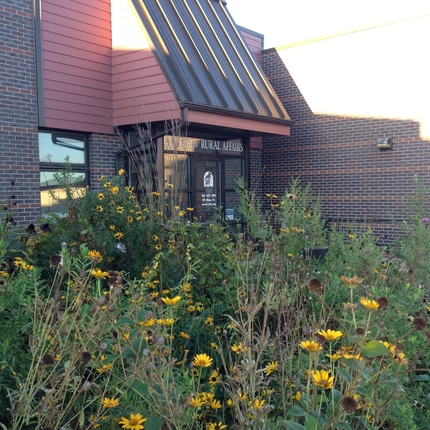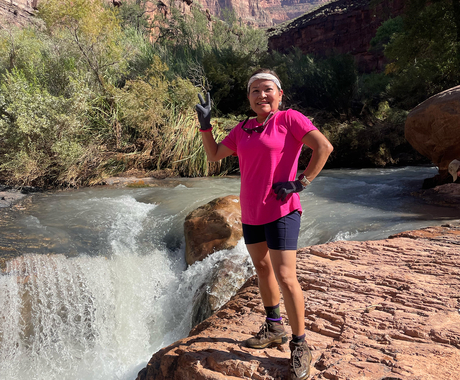By Kathie Starkweather, former staff member
Are we biased? The short answer is yes – everyone is, like it or not. Our brains categorize people based on what we’ve learned from our family, community, television, social media, and other sources.
Our brains, in part, function like a filing cabinet where we store “information” – accurate or not.
For example, when I was a kid, I was certain the only way ice water would be cold was if it was stirred with a fork. Yeah, I know, not rational. But my dad always stirred his ice water with a fork, so it had to be true.
We do the same thing with people. When we see anyone, we immediately, and nonconsciously, rely on what we “know” – true or not. We classify people by gender first, then race. And, we react based on the “information” we have learned – accurate or not (think of my fork “knowledge”).
We’ve all seen nonconscious bias play out. Two friends, a Native American and an African American, walk into a store to make a purchase and are followed by the clerk because the assumption is these two people will steal something. Or, we’ve seen a woman clutch her purse and move to the side of the elevator when a man of color enters.
We can change this though, by simply stopping to ask ourselves why we react this way. Have I ever had a conversation with this individual?
That one question – the why – will take you a long way in addressing your own bias toward gender and race.
This article is the first in a series of three on nonconsious bias in rural communities. The next article will focus on how bias in small towns presents itself and what we can do about it.





